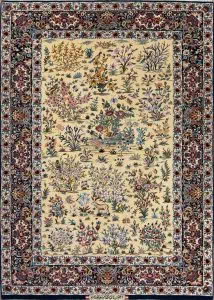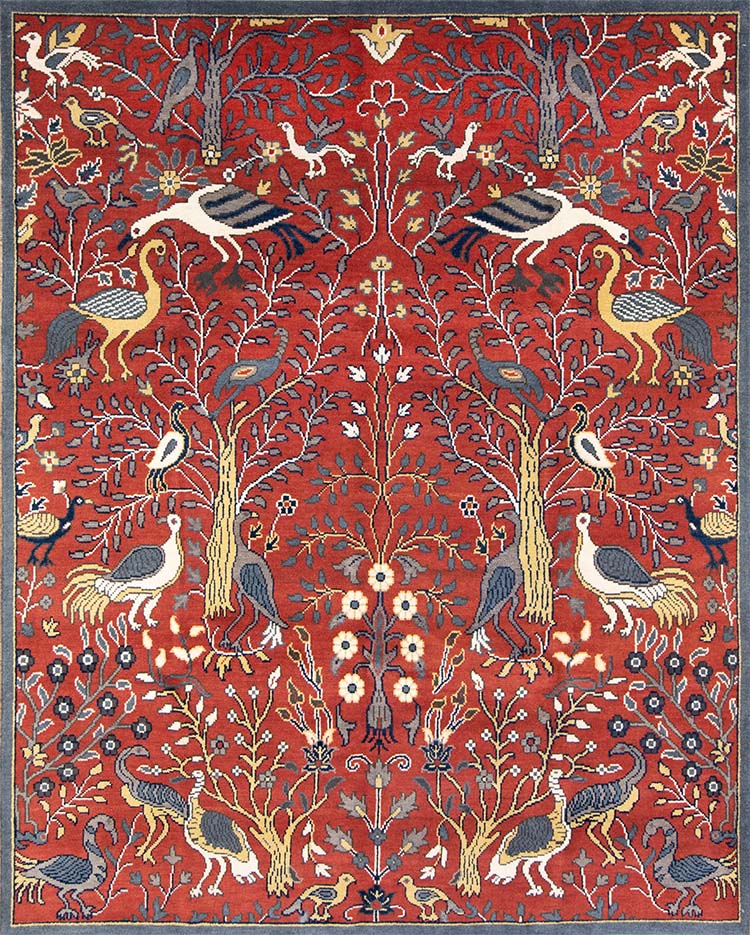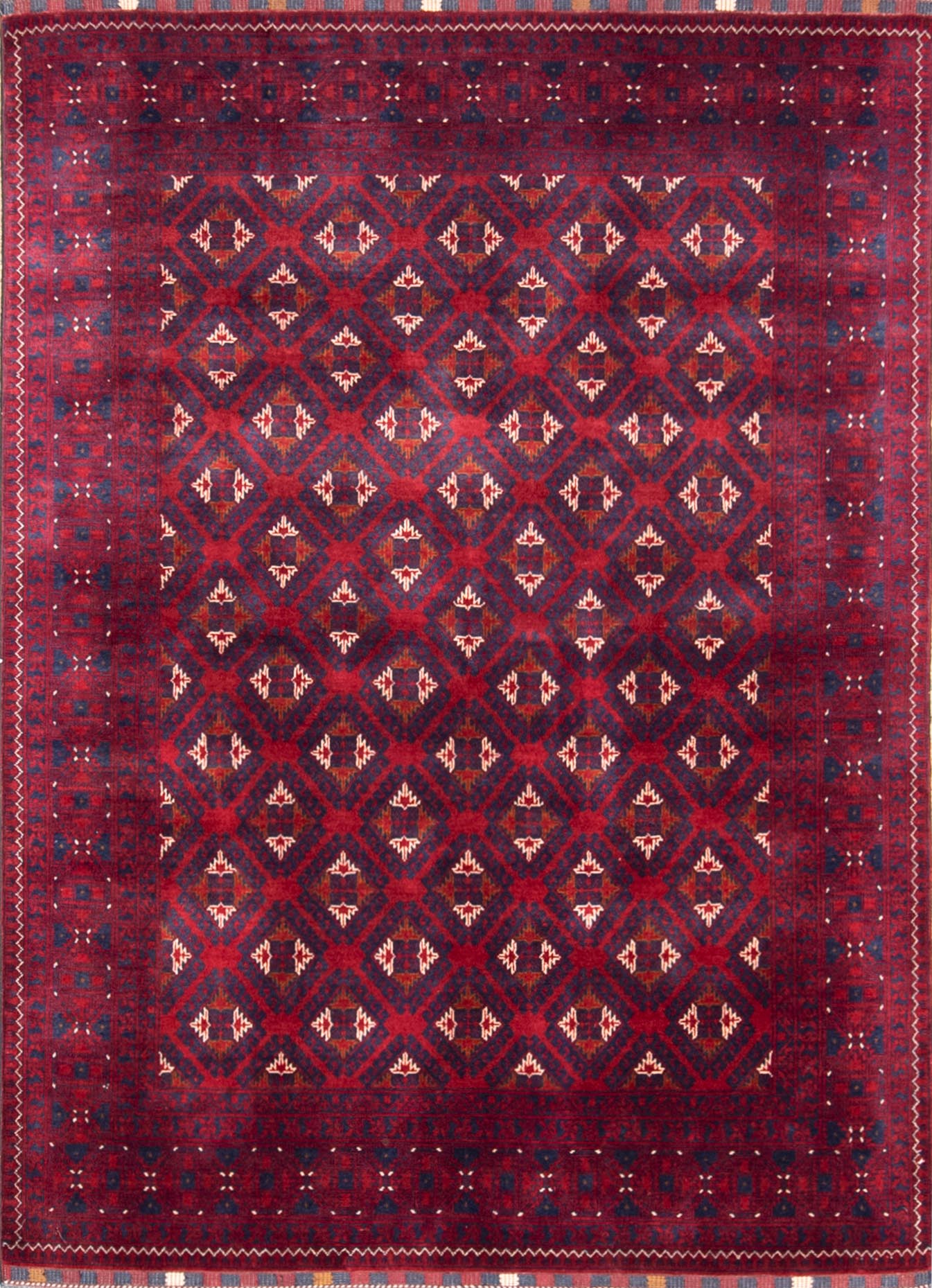
Among the many treasures of Persian weaving, Isfahan rugs stand as the ultimate expression of elegance and precision. Woven in the historic city of Isfahan—once the glorious capital of the Persian Empire—these carpets are widely regarded as Iran’s finest rugs for their exquisite craftsmanship, fine materials, and cultural depth.
The Legacy of Isfahan Rugs
The tradition of Isfahan rug weaving reached its artistic height during the Safavid dynasty (16th–17th centuries), when Shah Abbas I transformed Isfahan into a magnificent capital of art and architecture. Royal workshops produced extraordinary carpets that are still on display in museums such as The Metropolitan Museum of Art and the Victoria and Albert Museum.
Although weaving slowed in later centuries, it was revived in the 20th century by skilled artisans who preserved classical designs while perfecting technique. Today, Isfahan rugs embody the same balance of history and artistry that once graced Persian palaces.
Exceptional Craftsmanship and Materials in Isfahan Rugs
One reason why Isfahan rugs are considered Iran’s finest lies in their structure and materials. These rugs are handwoven with kork wool, a soft, lustrous lamb wool, and often built on a pure silk foundation. Their knot counts can exceed 800 knots per square inch, producing the sharp detail and shimmering surface collectors love.
The featured rug shown here—a fine Isfahan silk kork wool and silk carpet—demonstrates the precision of Isfahan artisans, where every knot is perfectly aligned, creating a sense of harmony and light that defines the best Persian weaving.
The Artistic Harmony of Isfahan Rug Designs
The visual beauty of Isfahan rugs lies in their perfect proportion and balance. Their designs often feature:
-
Elegant central medallions and curved arabesques
-
Flowing Shah Abbas’s floral motifs
-
Garden-of-Paradise scenes filled with birds and blossoms
-
Framed borders reminiscent of Persian calligraphy
The yellow field in the rug above depicts a serene garden scene, where birds rest among flowering trees and deer wander peacefully—symbolizing paradise and harmony. This poetic composition is the hallmark of Isfahan design.
The Color Palette of Isfahan Rugs
The dyes used in Isfahan rugs are subtle yet radiant. Rich color pigments create a refined palette of yellow, deep navy, soft rose, and golden beige. These tones complement one another rather than compete, giving the rug a gentle luminosity.
The yellow background emphasizes the floral motifs, while darker borders add visual strength. This balance of light and depth is one of the main reasons collectors consider Isfahan rugs the most elegant of all Persian weavings.
Cultural Symbolism in Isfahan Rugs
Every Isfahan rug carries layers of symbolism. Garden designs evoke “pairidaeza,” the Persian vision of paradise. Birds express joy and freedom, flowers signify divine creation, and flowing water represents life and renewal.
These carpets are more than decoration—they are woven poetry that connects Persian spirituality, nature, and art.
Why Collectors Admire Isfahan Rugs
Collectors worldwide treasure Isfahan rugs for their precision and artistry. Leading workshops such as Seirafian, Haghighi, and Beigi continue the city’s legacy, producing carpets that are both functional artworks and heirloom-quality investments.
Their silk foundations and dense weaves ensure lasting durability, while their beauty deepens with age. Whether displayed on a floor or wall, an Isfahan rug is a living emblem of Persian culture.
Conclusion: The Excellence of Isfahan Rugs
To understand why Isfahan rugs are considered Iran’s finest, one must see them as more than handmade textiles. They are the woven soul of Persian heritage—art, history, and devotion fused in silk and wool.
Owning an Isfahan rug is owning a story of elegance, harmony, and centuries-old craftsmanship that continues to define the height of Iranian weaving.





